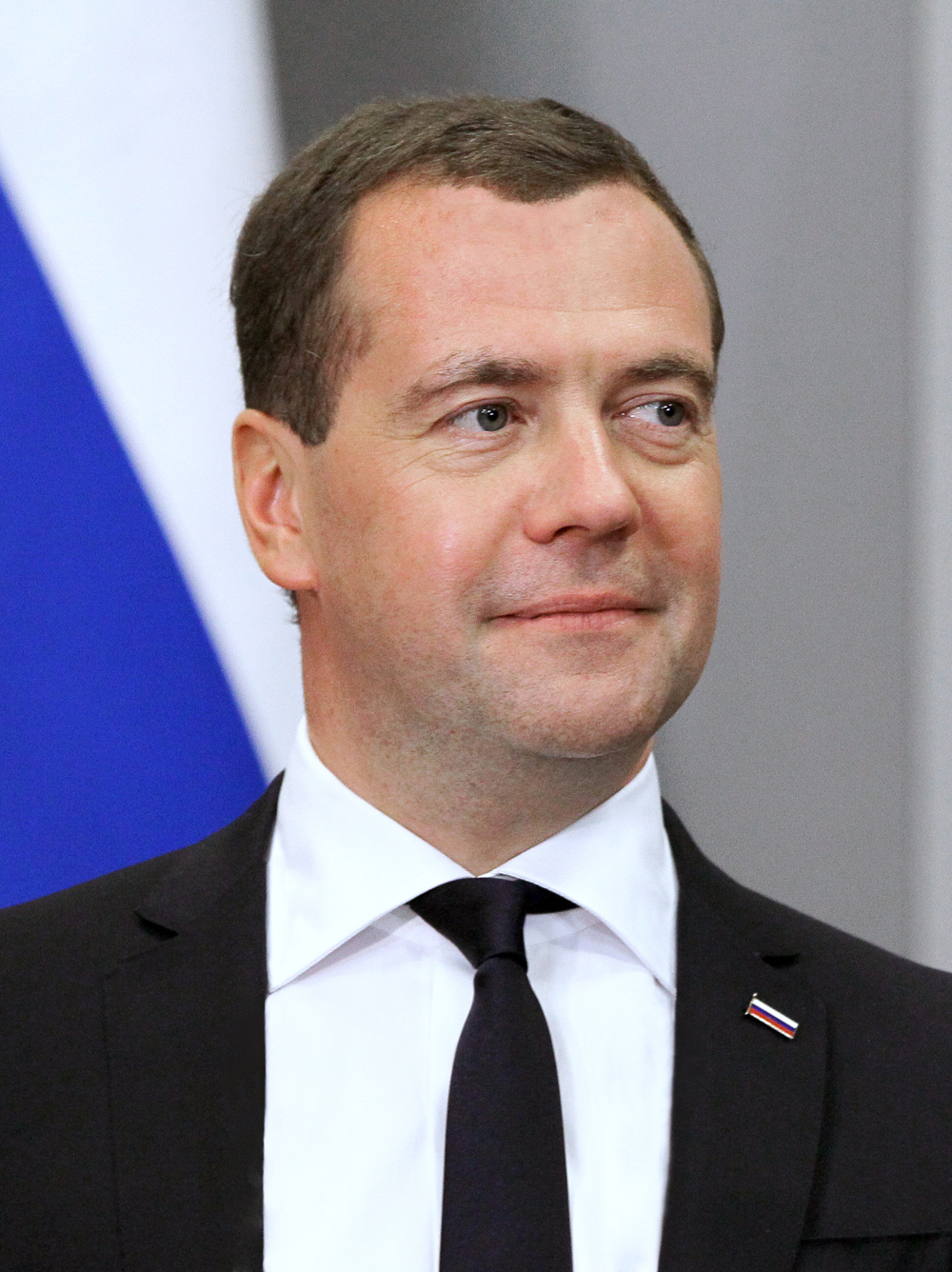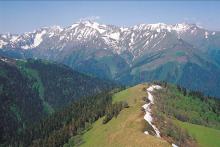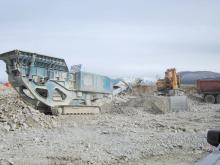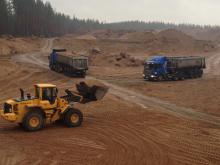
The demand for aggregates in Russia is expected to significantly increase in years to come due to the ever-growing volume of housing construction and roadbuilding activities in the vast country, according to recent statements made by senior officials at the Russian Ministry of Economic Development and industry analysts.
The ongoing recovery of the Russian economy from the 2007-8 global financial crisis has already led to the resumption of a range of large-scale infrastructure projects.
At the same time, ever-growing investment into Russia is also contributing to a major growth in demand for some aggregates in local markets. This is forcing some leading local producers to consider a gradual rise in the volume processed by their production plant.
However, there is a high possibility that aggregates producers’ attempts to use more of their production plant capacities may be problematic.
According to latest data of the Russian Ministry of Economic Development, at present the utilisation of capacities for some major aggregates industry enterprises has already reached a critically high level of 82–95%. This means that most of them will be unable to expand their capacities at least in the near future.
This has already sparked concerns from the ministry, whose official spokesman has confirmed the existing threat of a shortage of capacities for production of some aggregates. He added that this may result in the increase of prices for most of the aggregates industry’s product range.
According to Russia’s Kommersant business newspaper, a couple of months ago the Ministry of Economic Development sent a draft report to Russia’s president, Vladimir Putin, as well as the head of the government, Dmitry Medvedev, in which it assessed the aggregates needs of the Russian economy. This is guiding the Russian government’s assessment of current need in some major sectors of Russian industrial production and the wider economy.
This is especially important due to the ongoing implementation of at least two major infrastructure projects in the country – safe and high-quality roads and housing and urban environment – which have a national profile and require a large volume of aggregates.
The implementation of both flagship projects is personally controlled by president Putin and, as analysts predict, will ensure a stable demand for aggregates in Russia for the next four to five years. In the meantime, the government plans to take measures to prevent an unreasonable rise in the cost of aggregates – especially as it will affect the final cost of the prioritised infrastructure works.

Statements by Yevgeny Dietrich, Russia’s Minister of Transport, also stress how the lack of road-building materials, particularly aggregates, is considered by the Russian state as one of the main impediments to implementing major domestic infrastructure projects.
The Russian Ministry of Economic Development’s draft report also predicts that Russian sand consumption will grow by 42% by 2024, compared to current annual consumption. This will push the average utilisation of aggregates enterprise capacities up to 82%, representing an excessive figure for the industry and its major players.
A similar situation is expected to materialise in the case of crushed stone, the demand for which is expected to grow by 44% during the next five years, with an increase in aggregates enterprise production capacity utilisation to 95%.
Finally, the demand for bitumen in Russia is expected to grow by 48% by 2024. This will lead to an increase in production capacity utilisation to 86%, and 100% during peak demand periods.
In the meantime, in order to avoid potential shortages of aggregates and interruptions in their supplies to the domestic market, the Russian Ministry of Economic Development has already put forward an initiative to start the development of new quarries in various parts of the country, enabling some companies, especially major producers, to increase their aggregates product output.
The Russian government is said to be placing great hope in the delivery of the production expansion plan. However, government sources fear a lack of competition in the domestic aggregates market may prevent the planned production increase.
According to some independent Russian construction materials sector analysts, insufficient competition in the domestic aggregates sector could be explained by a lack of clear rules on the distribution of licences for the development of some major aggregates fields. The distribution rules tend to vary by region, creating unnecessary barriers for some enterprises. This can lead to big aggregates price differences in local markets. Prices can also be impacted by the geographical location of production facilities and the ability of producers to satisfy local demand.
According to a spokesman for Maxim Oreshkin, a former minister for Russian Economic Development, the final consumer price for aggregates in Russia may significantly exceed their initial production cost. Consumer purchase prices tend to be set by producers at more than two-and-a-half times production cost for sand and more than two times production cost for crushed stone. The gap between production cost and final consumer price is also partly explained by high transport costs for the delivery of aggregates within Russia and the big margins of various intermediaries.
As the Ministry of Economic Development says, there is a high risk of a further increase in aggregates delivery costs. This may begin by the end of 2020 and be partly due to a shortage of gondola rail vehicles used to transport aggregates in Russia.
According to ministry experts, the price of Russian aggregates may also increase due to the enforcement of a ‘tax manoeuvre’ – a state measure which reduces export duties while simultaneously increasing tax on mining activities.
The Russian government is looking into designing a unified procedure for distributing licences for aggregates field production, as well as increasing the volume of aggregates product rail deliveries to regions which currently experience the biggest shortages.
In the meantime, the ever-growing demand for aggregates in Russia is also noted by some of the country’s major producers. For example, LSR Basic, an aggregates division of LSR Group, the leading Russian real estate development, construction and building materials company, has recently completed the next aggregates supply stage for the construction of the Nord Stream-2 gas pipeline, an offshore natural gas pipeline from Vyborg in Russia to Greifswald in Germany.
Since December 2018 as part of the Nord Stream-2 project, LSR Basic has delivered about 400,000 tonnes of large gravel for laying pipes along the bottom of the Baltic Sea. According to the company’s press service, the large gravel shipments were made from two LSR Group production complexes in the St. Petersburg region - Granit-Kuznechnoye and Gavrilovo – and represent one of the largest deliveries of aggregates from Russia in recent years.









